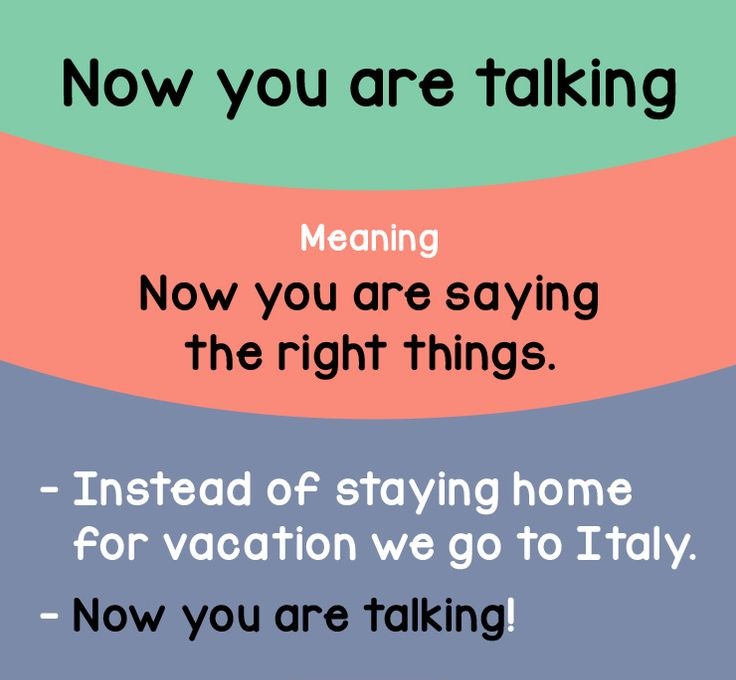

Posture, or how you stand or sit, whether your arms are crossed, and so on Įye contact, where the amount of eye contact often determines the level of trust and trustworthiness They include:īody movements (kinesics), for example, hand gestures or nodding or shaking the head, which are often the easiest element of non-verbal communication to control There are many different types of non-verbal communication. If there is a mismatch between the two, therefore, you should probably trust the non-verbal messages, rather than the words used.Ī lack of non-verbal message may also be a signal of sorts, suggesting that the speaker is carefully controlling their body language, and may be trying to hide their true emotions. This is partly because non-verbal communication is much more emotional in nature, and therefore much more instinctive. People tend to have much less conscious control over their non-verbal messages than of what they’re actually saying. Non-verbal communication consists of a complete package of expressions, hand and eye movements, postures, and gestures which should be interpreted along with speech ( verbal communication).

Interpersonal communication is further complicated because it is usually not possible to interpret a gesture or expression accurately on its own. We may, therefore complicate communication by trying to convey one message consciously, while in fact conveying quite another unconsciously. Facial expressions are particularly hard to control, because we cannot see ourselves to know what we are doing. Non-verbal communication may also be both conscious and unconscious. This includes both the place and the people concerned, as well as the culture.įor example, a nod of the head between colleagues in a committee meeting may mean something very different from when the same action is used to acknowledge someone across a crowded room, and again when two people are having a social conversation. It is influenced and driven by the context in which it occurs. Unfortunately interpreting non-verbal communication is not that simple.Īs our Interpersonal Communication page, non-verbal communication is not a language with a fixed meaning.

Many popular books on non-verbal communication present the topic as if it were a language that can be learned, the implication being that if the meaning of every nod, eye movement, and gesture were known, the real feelings and intentions of a person would be understood. Making eye contact with the chair of a meeting and nodding slightly will indicate that you wish to speak.

An emphatic nod, and firm closing of the lips indicates that we have nothing more to say, for example. There are a number of signals that we use to tell people that we have finished speaking, or that we wish to speak. These subtle signals give information gently but clearly. Movement and hand gestures may indicate that you wish to speak. Smiles and nods tell someone that you are listening and that you agree with what they are saying. These movements reinforce their relationship: they build on their rapport, and help them to feel more connected. They hold their hands in similar positions, they smile at the same time, and they turn to face each other more fully. If you have ever watched a couple sitting talking, you may have noticed that they tend to ‘mirror’ each other’s body language. We know how people feel from their non-verbal communication.ĭefine or reinforce the relationship between people. Consider how often you have said to someone, Your facial expression, your tone of voice, and your body language can often tell people exactly how you feel, even if you have hardly said a word. A shrug of the shoulders and a sad expression when saying “I’m fine, thanks” may actually imply that things are not really fine at all!Ĭonvey information about their emotional state. Reinforce or modify what is said in words.įor example, people may nod their heads vigorously when saying “Yes” to emphasise that they agree with the other person. Non-verbal communication helps people to:


 0 kommentar(er)
0 kommentar(er)
